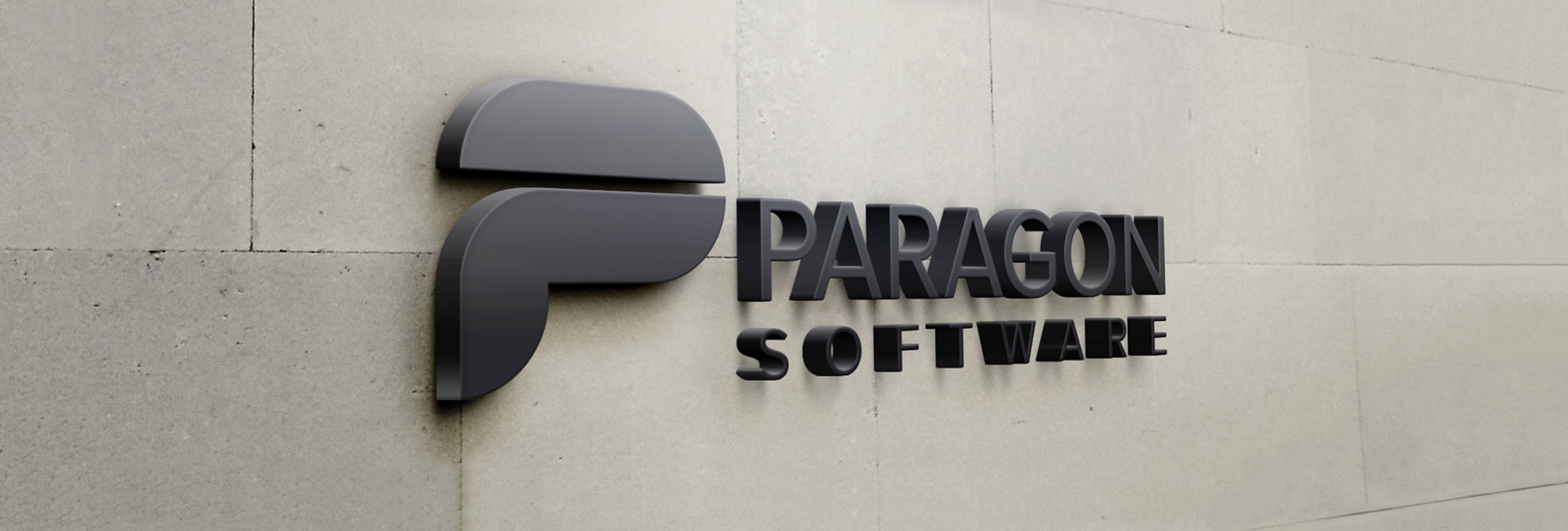I'd update to the latest BIOS version and THEN do a hard reset, to reset the hardware tables. Then check storage spaces as suggested by SkyNetRising.
Just updating the BIOS, if necessary, isn't always going to reset all of the hardware settings in the BIOS, so it's best to follow it up with a reset and then reconfigure any custom settings you require such as boot order, fan profiles, overclocking, etc. to be sure.
BIOS Hard Reset procedure
Power off the unit, switch the PSU off and unplug the PSU cord from either the wall or the power supply.
Remove the motherboard CMOS battery for five minutes. In some cases it may be necessary to remove the graphics card to access the CMOS battery.
During that five minutes, press the power button on the case, continuously, for 30 seconds. After the five minutes is up, reinstall the CMOS battery making sure to insert it with the correct side up just as it came out.
If you had to remove the graphics card you can now reinstall it, but remember to reconnect your power cables if there were any attached to it as well as your display cable.
Now, plug the power supply cable back in, switch the PSU back on and power up the system. It should display the POST screen and the options to enter CMOS/BIOS setup. Enter the bios setup program and reconfigure the boot settings for either the Windows boot manager or for legacy systems, the drive your OS is installed on if necessary.
Save settings and exit. If the system will POST and boot then you can move forward from there including going back into the bios and configuring any other custom settings you may need to configure such as Memory XMP, A-XMP or D.O.C.P profile settings, custom fan profile settings or other specific settings you may have previously had configured that were wiped out by resetting the CMOS.
In some cases it may be necessary when you go into the BIOS after a reset, to load the Optimal default or Default values and then save settings, to actually get the hardware tables to reset in the boot manager.
It is probably also worth mentioning that for anything that might require an attempt to DO a hard reset in the first place, IF the problem is related to a lack of video signal, it is a GOOD IDEA to try a different type of display as many systems will not work properly for some reason with displayport configurations. It is worth trying HDMI if you are having no display or lack of visual ability to enter the BIOS, or no signal messages.
Trying a different monitor as well, if possible, is also a good idea if there is a lack of display. It happens.


 You're right the ATX pro4 doesn't have that issue but it can only run at x2 on the M2_2.
You're right the ATX pro4 doesn't have that issue but it can only run at x2 on the M2_2.